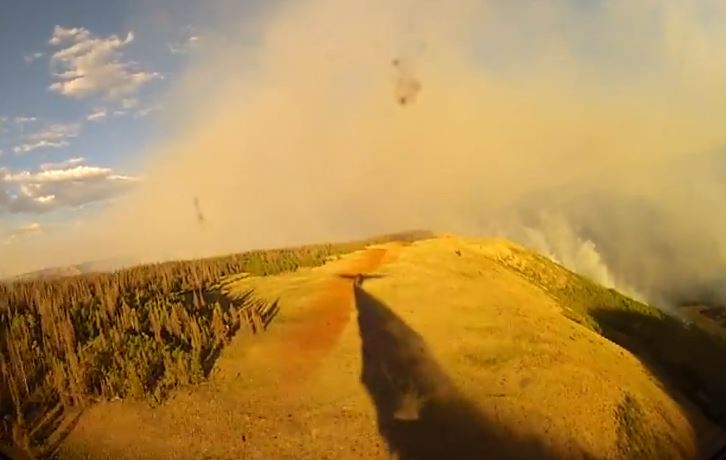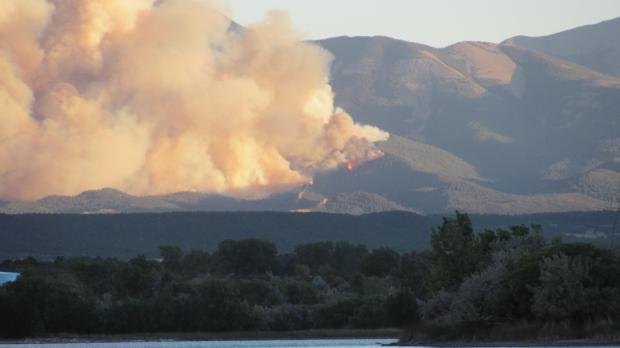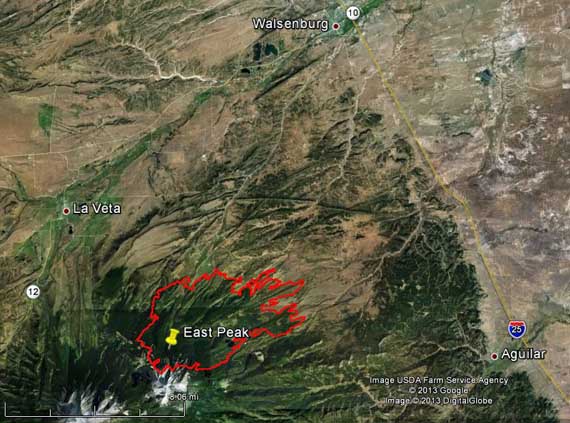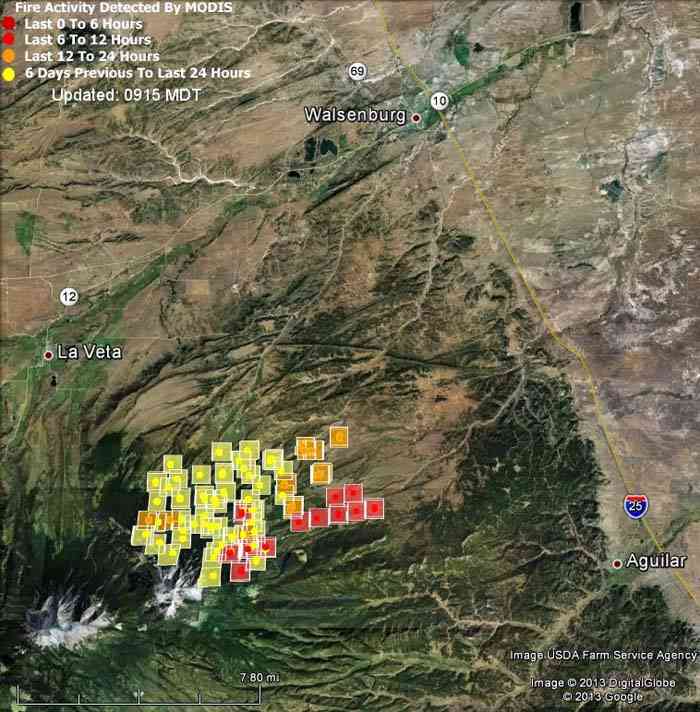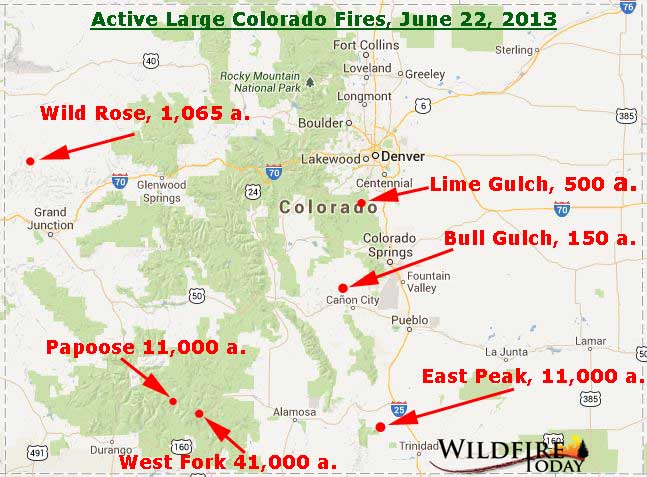Former volunteer firefighter sentenced for arson
The San Francisco Chronicle reports that a former volunteer firefighter was sentenced to a total of two years in jail for setting fires in the northern California counties of Sonoma and San Mateo. Our original story on the charges is here, and the Chronicle has the details about Friday’s sentencing of Nathaniel Ridgway Schmidt, 20, of Cazadero, California.
Extreme heat forecast for some areas in the West
This weekend and the first part of next week some areas in the west will experience extremely hot weather. The temperature for Death Valley was expected to reach nearly 130 on Friday — just short of the 134-degree reading from a century ago that stands as the highest temperature ever recorded on Earth. More details.
This is a good time for firefighters to review the video on Heat Related Illness.
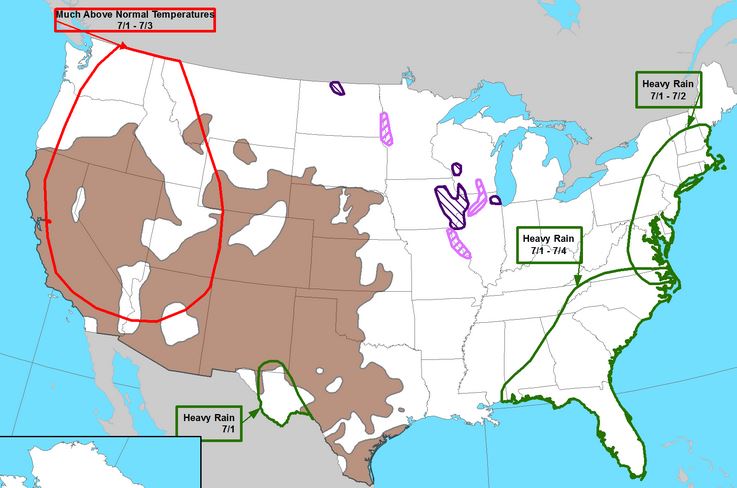
Helicopter crashes into river near Missoula
A helicopter made a crash landing into a river Friday while recertifying for water bucket operations near Missoula, Montana. Both the pilot and a passenger survived, according to an article in the Missoulian. More details are at Fire Aviation.
Colorado: West Fork Complex Fire
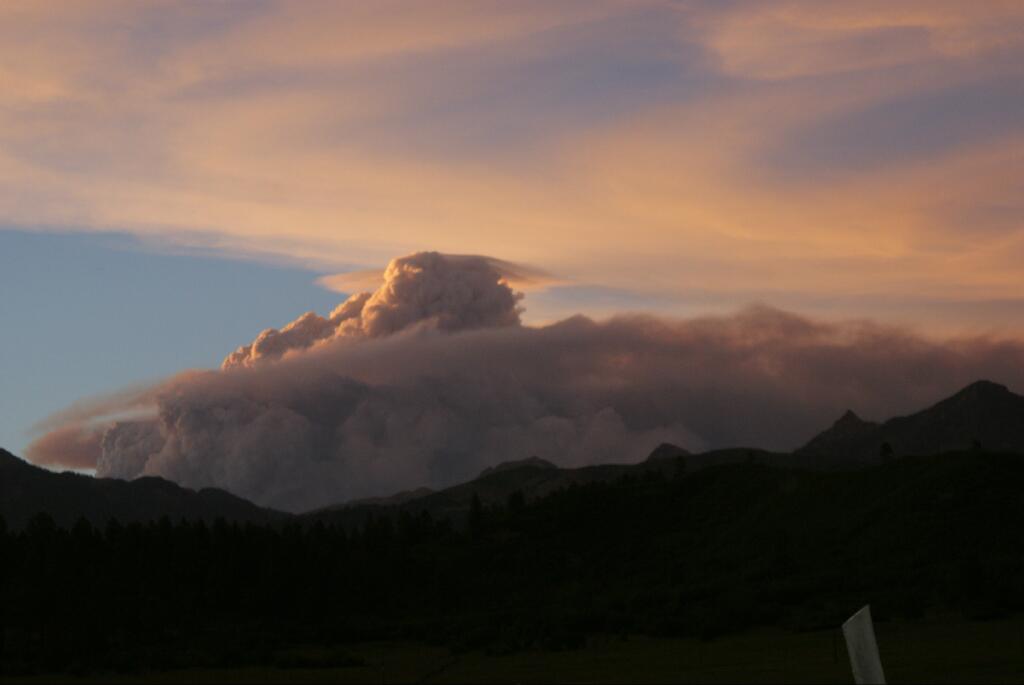
The Papoose Fire, part of the West Fork Complex of fires in southern Colorado, was extremely active Thursday night and early Friday morning, running for four miles and creating new spot fires 1 to 1.5 miles ahead. More details are in our main article about the fire.
New York Times on smaller budgets for fuel management
The New York Times is the latest news organization to run a major story on how the federal government is reducing the budgets for prescribed fire and other types of fuel mitigation which lower the fire risk by removing accumulations of thick vegetation in forests and in wildland-urban interfaces near populated areas. Here is an excerpt from their article:
The government has cut back on programs to reduce fire risks in areas where homes and the wilderness collide. The United States Forest Service treated 1.87 million acres of those lands in 2012, but expects to treat only 685,000 acres next year. Conservation advocates say that is likely to mean fewer people working to prevent runaway fires, fewer controlled burns and fewer trucks hauling away dry brush and tinder.
Trimming trees and clearing brush can make blazes less destructive, and the Forest Service said it had treated more than 26 million acres since 2000. But as the government spends an increasing amount to battle wildfires, critics say it makes little sense to cut back on prevention.
“There is a growing consensus in the West that dollar for dollar, these kinds of prevention efforts are paying off,” said Senator Ron Wyden, Democrat of Oregon. “And when the big fires break out, the bureaucracy steals money from the prevention fund and the problem gets worse. The Forest Service has become the fire service.”
Senators write letter about cuts in fuel treatments
More Senators have written another letter about cuts to fire budgets. The AP reports:
A bipartisan group of Western U.S. senators on Friday urged the Obama administration to focus more on preventing wildfires rather than taking money from programs that clear potentially hazardous dead trees and brush to fund efforts to fight the increasingly destructive blazes.
It is easy to write letters. Politicians tend to look the other way when it comes to actually DOING SOMETHING MEANINGFUL to correct the problem, such proposing and passing budget legislation. (sigh)
Wildfire smoke closes George Parks Highway in Alaska
Smoke from the Skinny’s Road Fire, which is named after a nearby bar, forced officials to close a section of the George Parks Highway between Nenana and Fairbanks on Wednesday. It reopened Thursday but travelers had to be escorted by pilot cars through the smoke. The highway is the main route between between Anchorage and Fairbanks, Alaska.
Lightning in the Yukon starts 23 fires
Fire managers in the Yukon Territory asked the British Columbia government to send 62 more fighters to help put out 23 new fires started by lightning Thursday. They will join the other 45 firefighters that B.C. sent to help out earlier.
Below is an excerpt from an article at CBC.com:
“Obviously, the emphasis right now is the protection of life and property, while maintaining the safety of our staff,” said Fire Information Officer George Maratos.
“Given the intense fire behaviour on some of these fires, the safest and most effective response was from the air with air tankers and helicopters.”
One of the priority fires is burning 18 kilometres east of Faro. Two are near Carmacks: one 45 kilometres east of the community near Little Salmon River and another 16 kilometres northwest near Free Gold Road. The fourth is 36 kilometres northeast of Mayo.
Environment Canada is forecasting more thunderstorms in the area for Friday.
Los Alamos National Laboratory criticized for wildfire preparedness
A report issued by the Department of Energy’s inspector general said the Los Alamos National Laboratory in New Mexico has not done enough to protect the facility from wildfires and other natural disasters. The inspectors were concerned about what would happen if an earthquake or fire caused damage that could lead to exposure from some of the radioactive waste stored at the lab.
On May 10, 2000, a fire that began as a prescribed fire in Bandalier National Monument burned into Los Alamos. The Cerro Grande Prescribed Fire was carried by very strong winds, with embers blowing a mile or more across the fire lines to the north, south, and east. The towns of Los Alamos and White Rock were in the fire’s path and more than 18,000 residents evacuated.
By the end of the day on May 10, the fire had burned 18,000 acres, destroyed 235 homes, and damaged many other structures. The fire also spread towards the Los Alamos National Laboratory, and although fires spotted onto the facility’s lands, all major structures were secured and no releases of radiation occurred.
Washington: Soap Lake fire department quits
The Columbia Basin Herald reports that after the Mayor of Soap Lake, Washington (map) fired the Fire Chief, 11 volunteer firefighters resigned from the fire department, leaving the town with no fire protection. This mess began from a fund raiser to replace the water tank on a wildland fire truck.
Oregon drought worries ranchers and firefighters
A severe drought in southeast Oregon has firefighters concerned and has forced the Bureau of Land Management to haul water to herds of wild mustangs and pronghorn antelope.
Mount Rushmore cancels July 4 fireworks show
Mount Rushmore has again cancelled the July 4 fireworks extravaganza, which rains down large quantities of fireworks debris into the forest and rocky slopes around the sculpture. Previous fireworks at the Memorial have caused over twenty small fires. The Park Superintendent, Cheryl Schreier, cited the fire hazard in the nearby beetle-damaged forest as the reason for the cancellation.
Thanks go out to Dick and Kelly.


